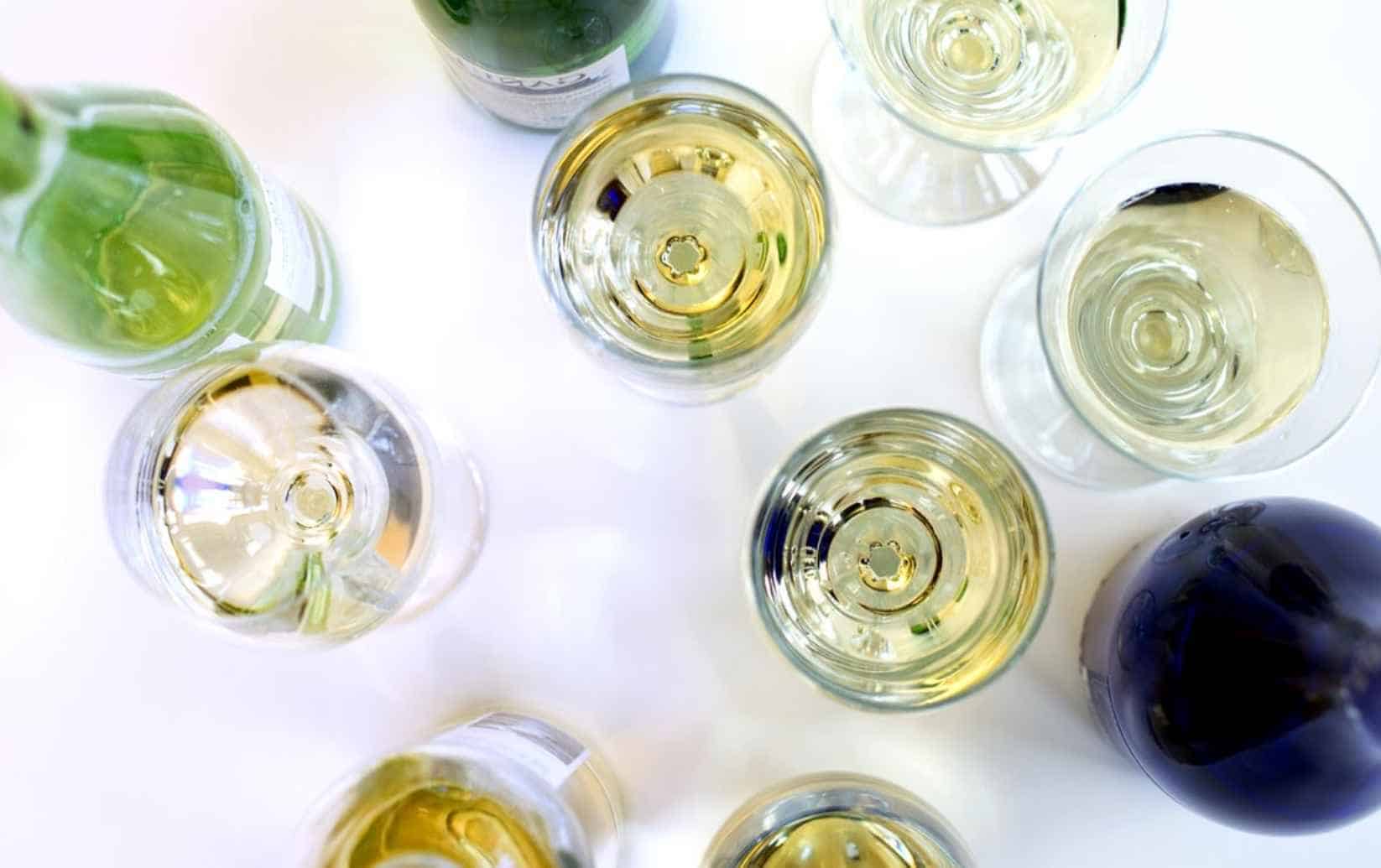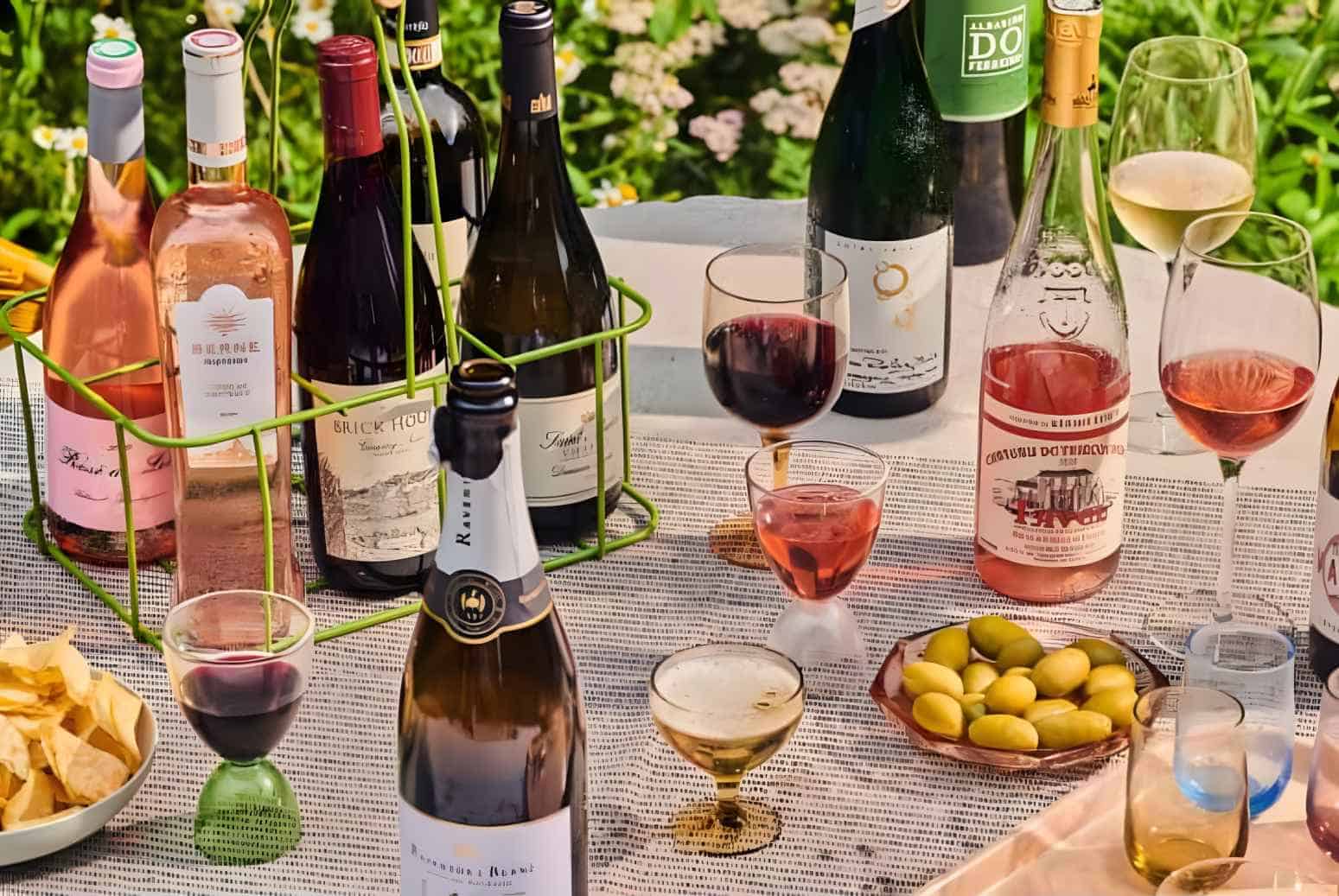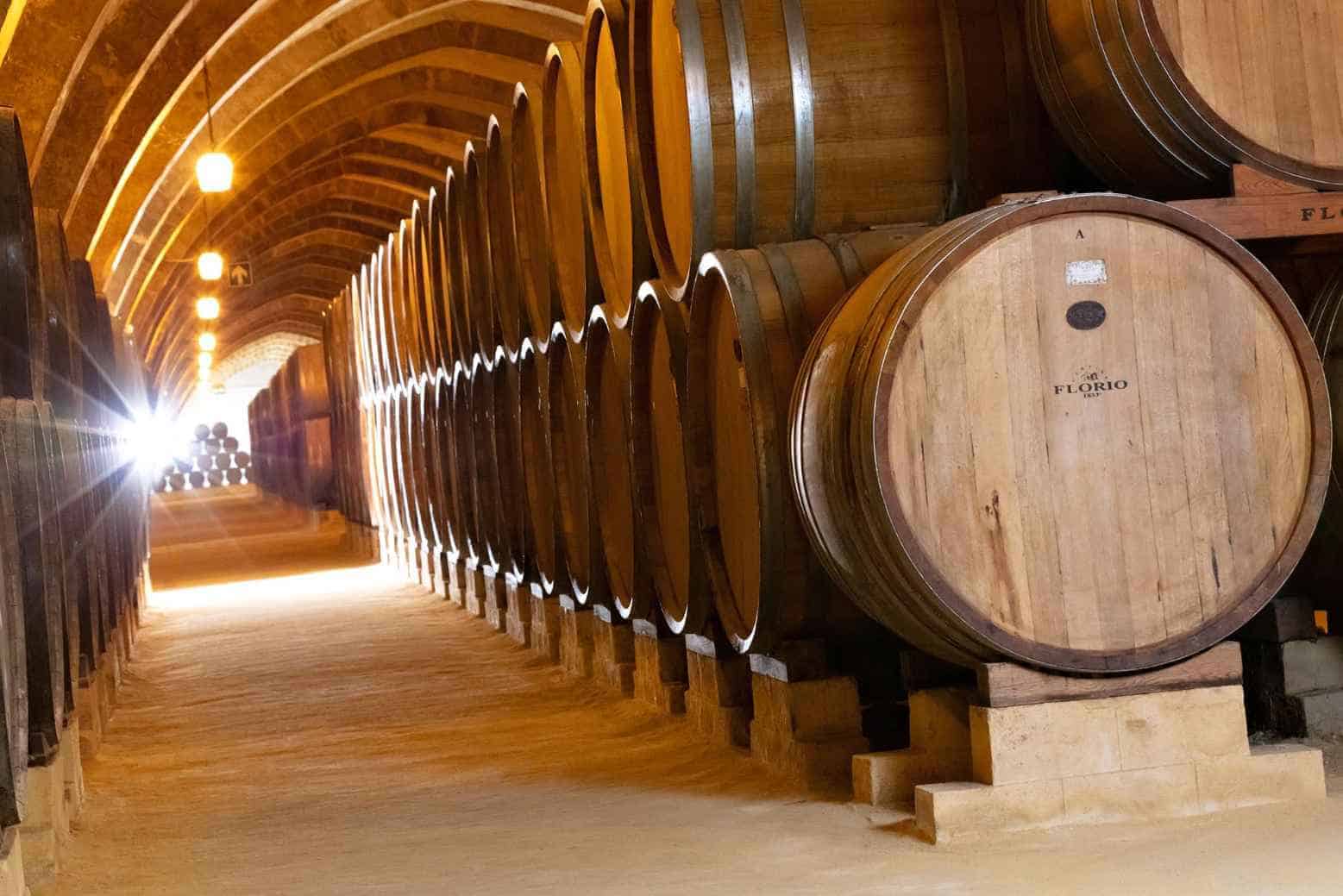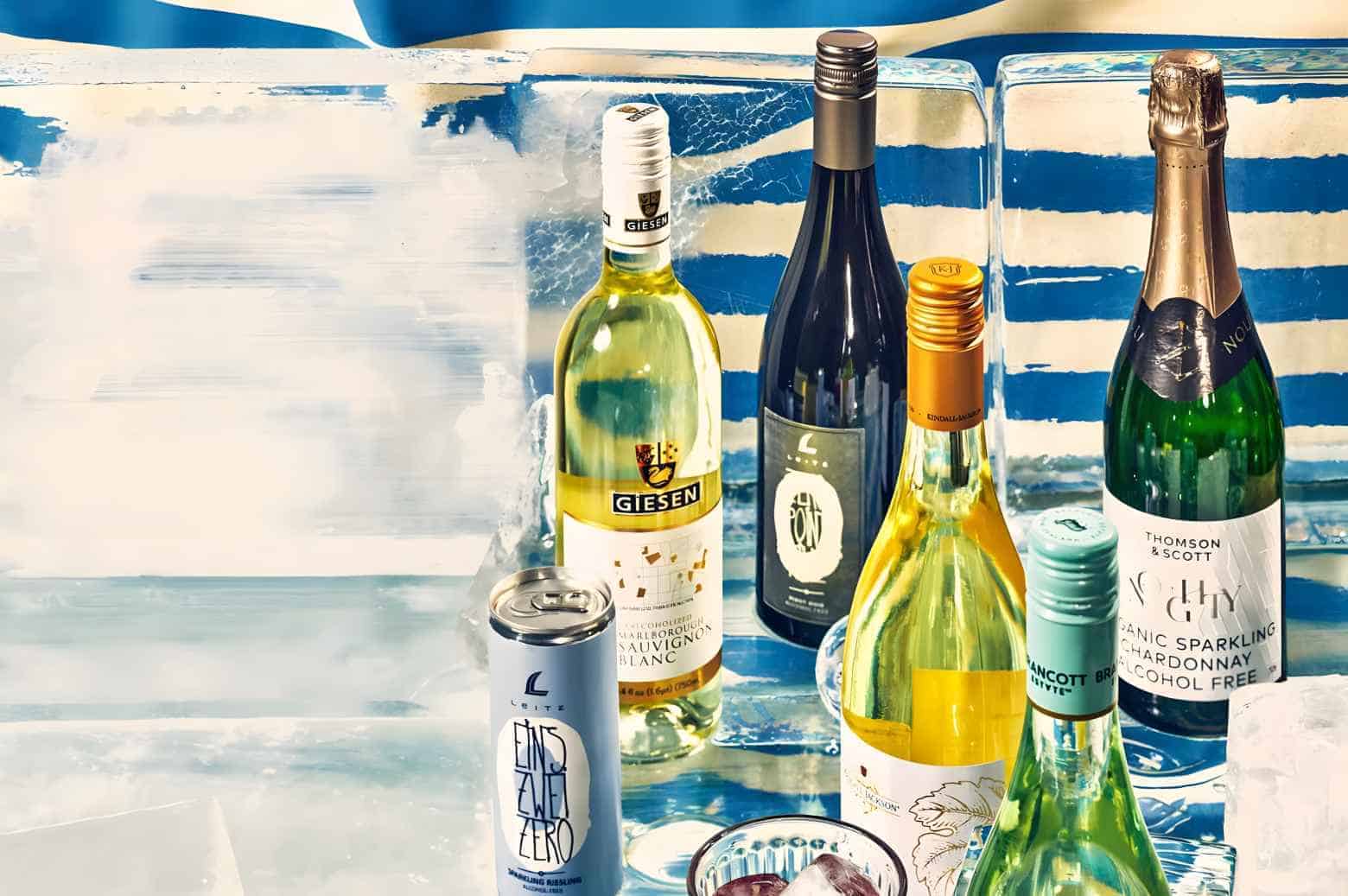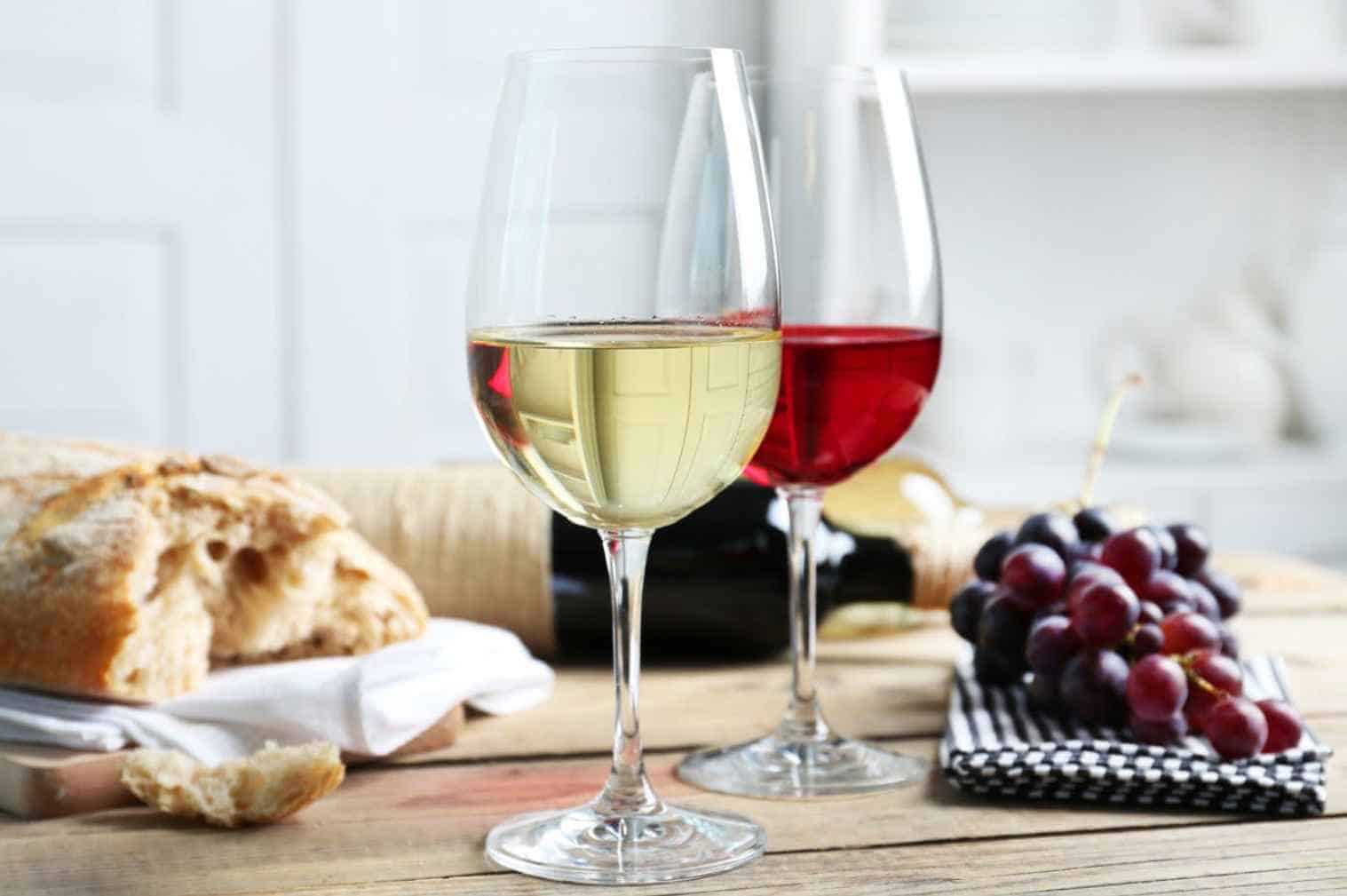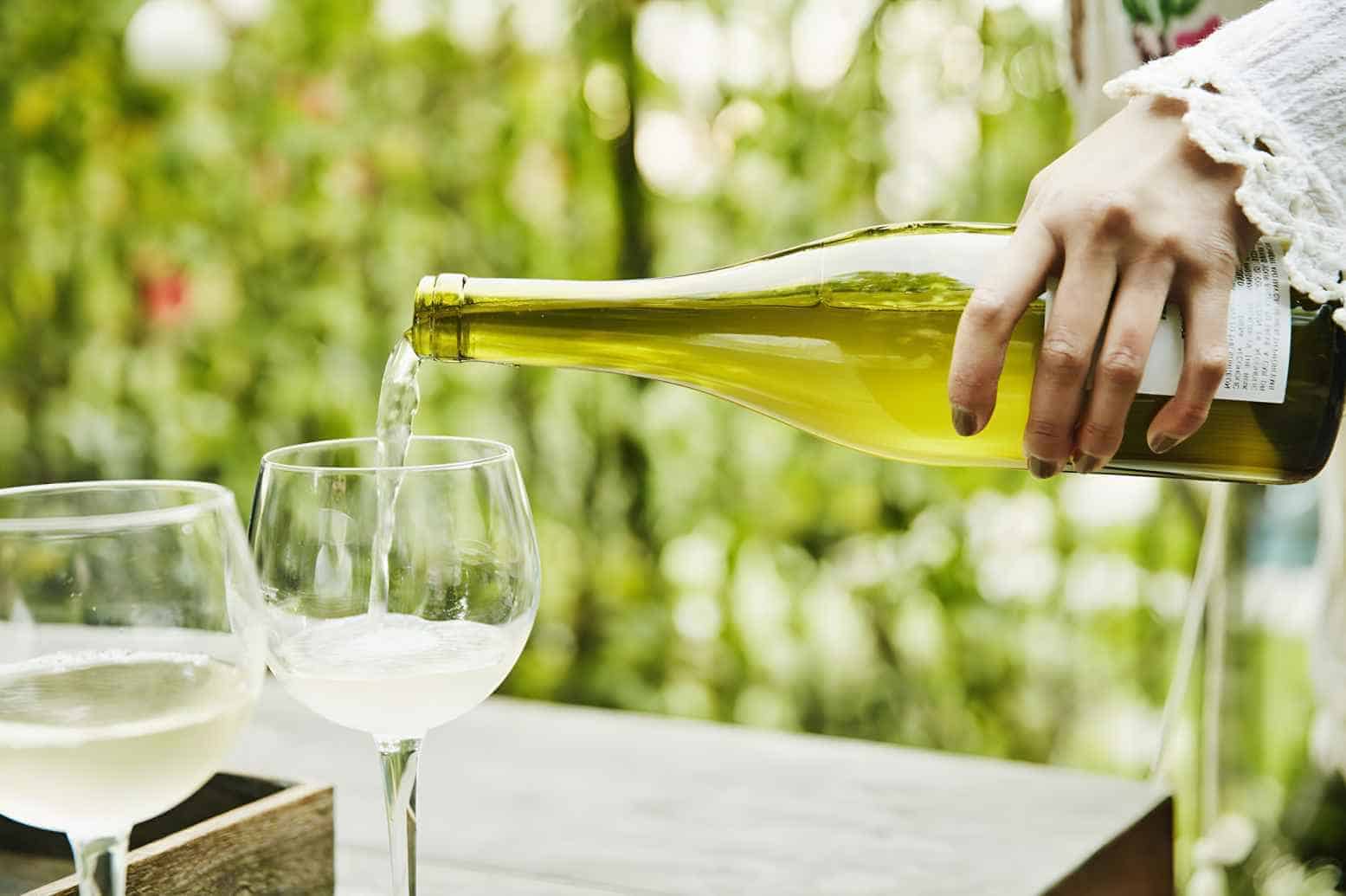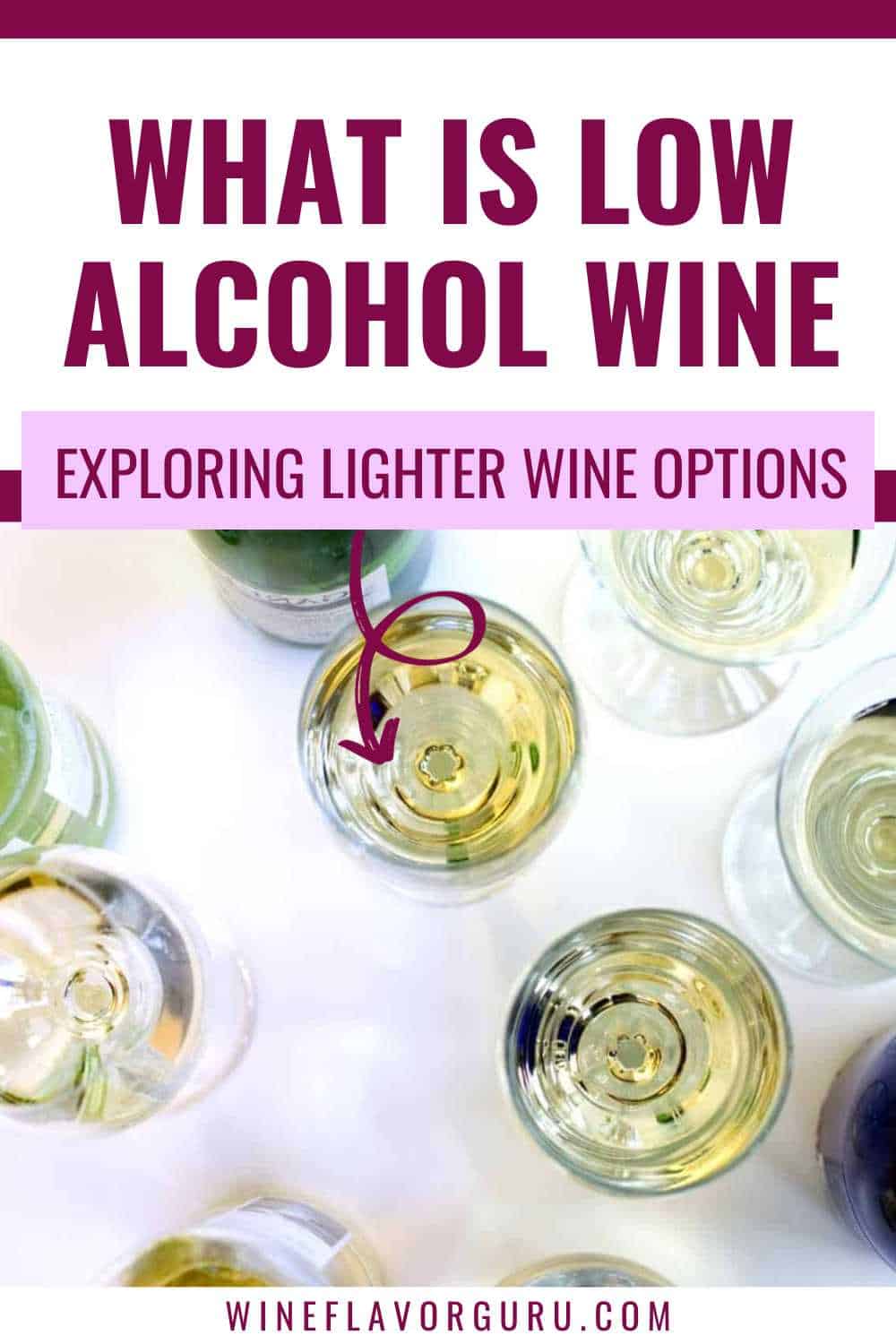Let’s be honest: Lately, drinking has become a solace for several of us. The spritz, sweetness, and how it harmonizes with the food lift our spirits. It is one of the greatest pleasures in life, not until you overindulge and suffer from an unpleasant hangover the next day.
That’s when low alcohol wine saves the day.
What is Low Alcohol Wine?
You can tell by its name; low alcohol wines are wines with low alcohol by volume (ABV). A low alcohol wine has an ABV below 10%. It is sweet and does not make you feel sour the next day. The rule of thumb in wine drinking is: if the standard pour line for a drink is 5oz, men can have two glasses while one for women.
Alcohol wines can have ABV percentages as low as 5.%% and as high as 23%. With low alcohol wine having the lowest alcohol content, you can drink more glasses and have the same effect as one glass of high alcohol wine.
If you are looking for wines with more alcohol content, go for wines with an ABV of more than 10%.
Difference Between Alcohol Wines: Lightest to Strongest
Low alcohol wines are under 10% ABV; it is the lightest in body. If you are wondering what makes the alcohol wines different, here are the reasons:
Medium-low Alcohol Wines
Wines with 10% to 11% ABV are medium-low alcohol; these wines are from grapes picked up earlier in the season to have less sweet and have a higher acidity to compliment its zesty characteristic.
Medium Alcohol Wines
It has an ABV of 11.5% to 13.5%. A 5oz glass of medium alcohol wine is the standard pour serving in the United States.
Medium-High Alcohol Wines
The difference between the average medium alcohol wine and medium-high is its grape variety. It is from a warmer climate region, which produces sweeter grapes that give a stronger wine potential. These wines have 13.5% to 15% ABV.
High Alcohol Wines
It is rare to find natural high alcohol wines; to achieve an ABV higher than 15%, the winemakers fortify the wine. Fortified wine has a neutral spirit of increasing its alcohol content and preserving its flavor.
|
Wine Level |
ABV |
Wine Examples |
|
Low |
<10% |
● Brachetto d’Acqui ● Moscato d’ Asti ● Vinho Verde ● Muscadet ● Riesling |
|
Medium-Low |
10%-11.5% |
● Lambrusco ● Muscadet ● Soave ● Pinot Grigio ● Gavi |
|
Medium |
11.5%-13.5% |
● Chianti ● Champagne ● Cool Climate Pinot Noirs ● Noirs ● Sauvignon Blanc |
|
Medium-High |
13.5%-15% |
● Barolo ● Chardonnay ● Warm Climate Pinot ● Noirs ● Syrah |
|
High |
>15% |
● Californian Zinfandel ● Port ● Madeira ● Marsala ● Sherry ● Shiraz |
A few percentage differences may not feel like a lot. Still, the slight change in alcohol content can make you enjoy an extra glass or have an unpleasant morning hangover. Hence, you must know how the wine process works and why it has a lower ABV than the others.
Wine Process for Low Alcohol Wines
Winemakers can determine the alcohol levels during the fermentation stage in the winemaking process. The amount of sugar in the wine during fermentation is directly related to the alcohol level in wines.
Wines with higher sugar content have potentially higher alcohol levels. Hence, winemakers manipulate the fermentation stage to achieve low alcohol wines.
The winemaking process starts with collecting the grapes and pre-determining their sugar levels. Sugar levels determine the potential strength of a wine. Three factors influence the sugar level of a grape: its variety, origin climate, and origin altitude. Grapes cultivated and harvested in moderate and cooler climates have lower sugar levels.
When the winemakers have started the fermentation stage, yeast is added to cause a chemical reaction among the sugar. Sugar becomes carbon dioxide and ethanol, leaving its by-product, alcohol.
Winemakers stop the fermentation process before all the sugar is consumed; that’s how wines have low alcohol levels. Meanwhile, other winemakers chemically remove the alcohol through reverse osmosis.
It is fascinating to know the whole process of winemaking. As winemakers have to determine grape varietals and pay attention to the fermentation process, we only have to check the wine bottle for the ABV percentage. It may be easy for us to determine the alcohol level of a wine, but it is challenging to choose the best of your preference.
How to Choose the Best Low Alcohol Wine
Although we can easily see the ABV percentage on the wine bottle and tell it is a low alcohol wine, you cannot guarantee its taste.
Instead of searching through a sea of wine and wasting on a bottle that is not your taste preference, refine your search by starting with these varietals known for low alcohol wines.
Piquette
If you have not heard about Piquette before, it is technically not wine, but produced from grape pomace which is the leftover of grapes from winemaking. Piquette is known for its citrus flavor and easy-drinking nature.
Moscato d’Asti
The alcohol content is directly related to the sugar content. However, Moscato d’Asti is known for its sweetness and low ABV. The winemakers know how to manipulate the sugar conversion, making the wine have a signature sweetness yet only have an ABV below 10%.
Brachetto d’Acqui
High-quality sweet reds are hard to find on the shelves. If you find this in your local store, get yourself on it. Brachetto d’Aqui has a candied red fruit flavor and fizz that gives you a satisfying wine experience.
Bugey Cerdon
Bugey Cerdon is a traditional blend of Poulsard and Gamay. It has a sweet flavor of cherries and strawberries. Perfectly served when chilled.
Vinho Verde
The term vinho verde is a Portuguese term that translates to green wine. It is produced from green grapes that are not too ripe. Hence, it has a naturally lower alcohol content; most vinho verde has 9% ABV. This low alcohol wine has gained popularity because of its crisp acidity.
Riesling
A notable low alcohol wine with 9% to 11% ABV. Cheap Riesling has a bad reputation for being too sweet. A good one has an acidity that balances the residual sweetness.
|
Wine Level |
ABV |
Wine Examples |
|
Low |
<10% |
● Brachetto d’Acqui ● Moscato d’ Asti ● Vinho Verde ● Muscadet ● Riesling |
|
Medium-Low |
10%-11.5% |
● Lambrusco ● Muscadet ● Soave ● Pinot Grigio ● Gavi |
|
Medium |
11.5%-13.5% |
● Chianti ● Champagne ● Cool Climate Pinot Noirs ● Noirs ● Sauvignon Blanc |
|
Medium-High |
13.5%-15% |
● Barolo ● Chardonnay ● Warm Climate Pinot ● Noirs ● Syrah |
|
High |
>15% |
● Californian Zinfandel ● Port ● Madeira ● Marsala ● Sherry ● Shiraz |
Go for these low alcohol wines that will not compromise the flavor and your wine experience. Let’s look at which food pairings are best for low alcohol wines.
Best Food Pairing for Low Alcohol Wines
The primary rule of wine and food pairing is to pair the weight of the food and the wine body. Mouth balance is highly influenced by the acid, sugar, alcohol, tannin, and bitterness of the wine. Hence, wines and food have to complement to make the mouth have its balance.
Low alcohol wines are best paired with spicy, salty, or slightly less sweet foods. It counterbalances the spiciness, and spicy aroma of the food, and as low alcohol wines are sweet enough. Hence, they are also best paired with desserts or slightly less sweet foods to avoid overwhelming your taste buds.
Try a glass of Moscato d’Asti with curry or stir-fry, or a glass of Riesling and salty pretzels or cheese. Its sweetness counterbalances the saltiness of such foods.
However, do not cage yourself from the food pairing suggestions. Low alcohol wines are diverse and complex flavor profiles. Hence, you can explore different food pairings as much as you like.
Is Low Alcohol Wine Better for Health?
Low alcohol wines are better than wines with a higher ABV percentage. Besides saving us from having unpleasant hangovers, drinking low alcohol wines can contribute to a healthy diet as it contains antioxidants and anti-inflammatory properties; but this has to be consumed moderately.
A study claims that people who consume low alcohol and drink in moderation are less likely to develop adverse health conditions such as cardiovascular diseases and type 2 diabetes.
You do not have to sacrifice the flavor and experience of having low alcohol wine; you can enjoy it with a much safer wine option.
Conclusion
Low alcohol does not mean less fun. The sweetness of these wines makes you enjoy the food and company without worrying about having a headache the next morning. There are several low alcohol wines for you to enjoy; just remember to check the ABV label before getting the wine, and always get those below 10%.

George Moore, co-founder of Wine Flavor Guru, is a charismatic entrepreneur with a rich background in California’s wine industry. Alongside Sylvia, he transformed a Sonoma County vineyard into a source of premium wines. George’s expertise in sourcing exceptional grapes and his approachable style make wine appreciation both accessible and engaging.
